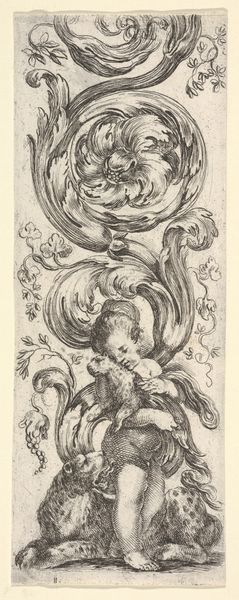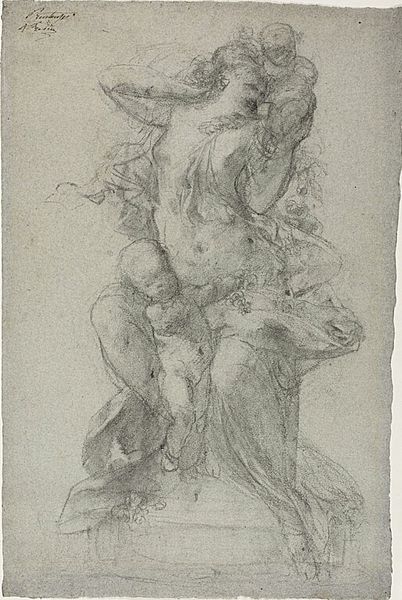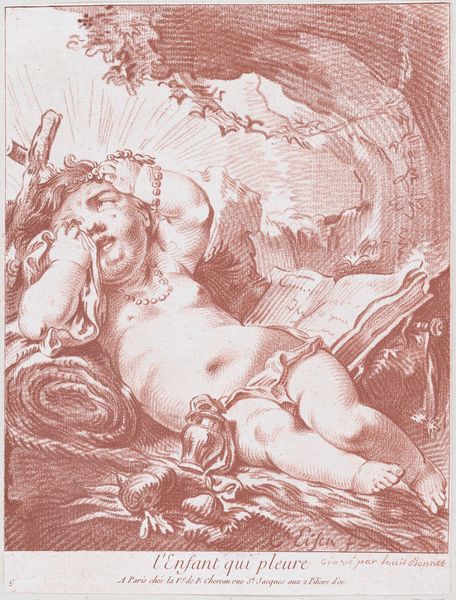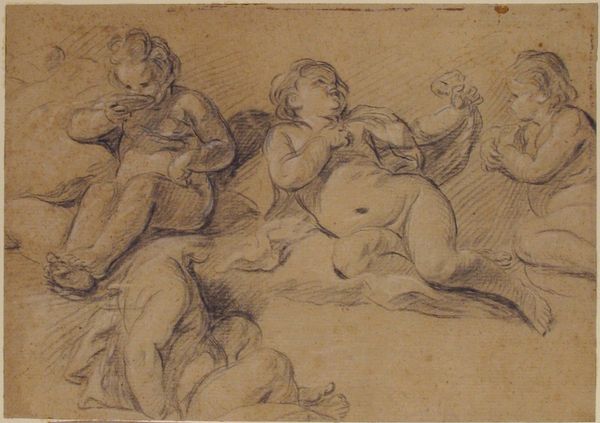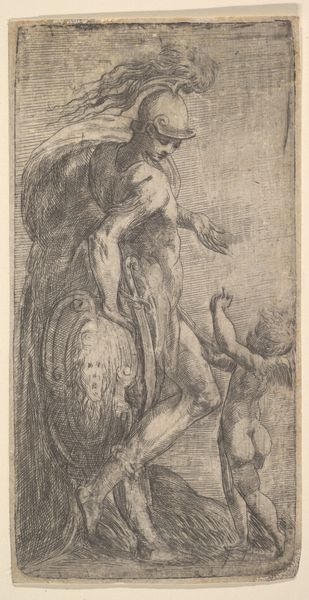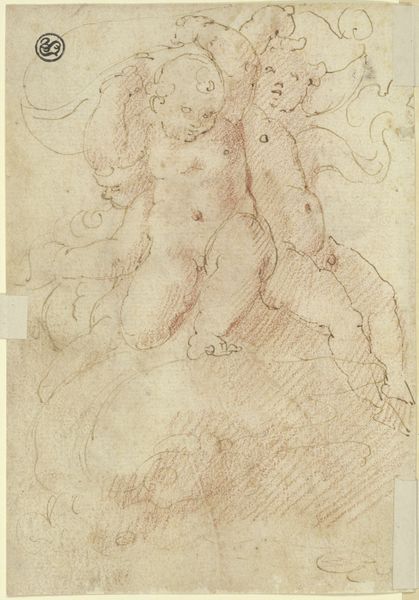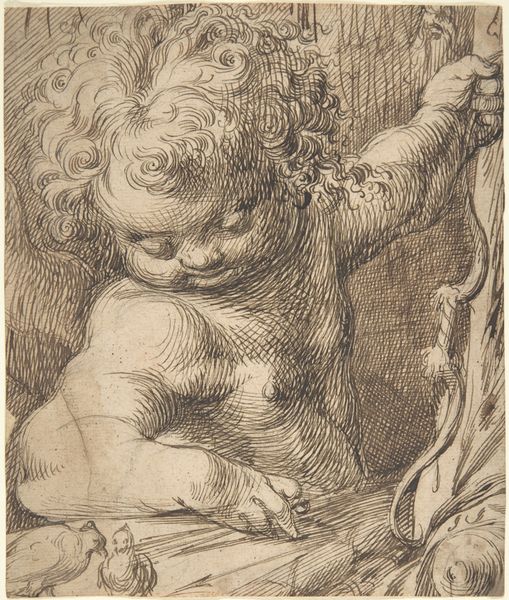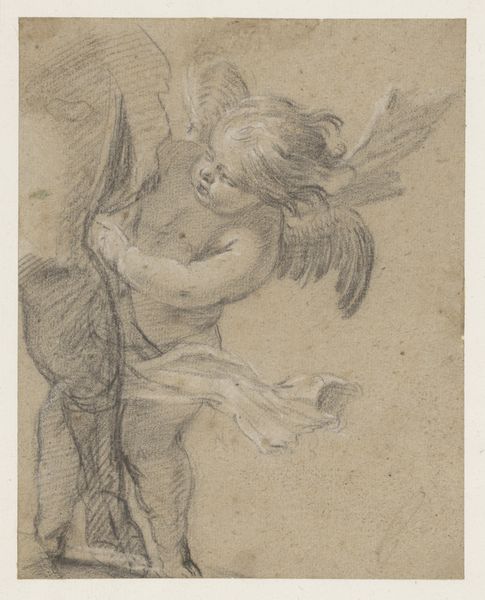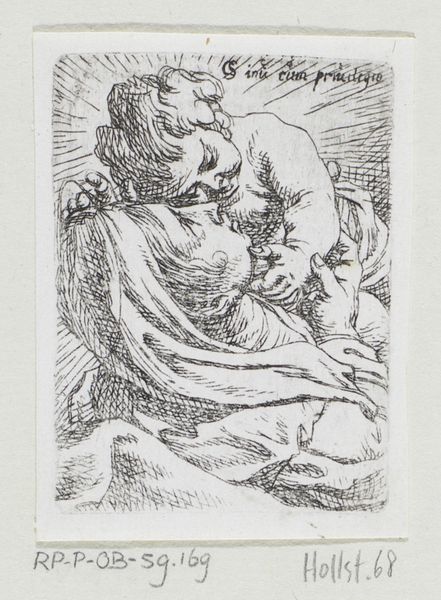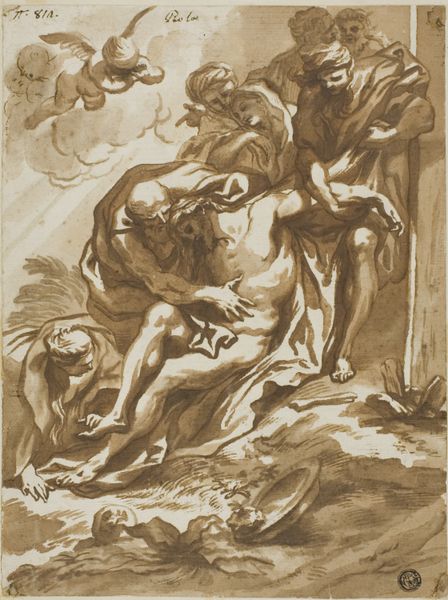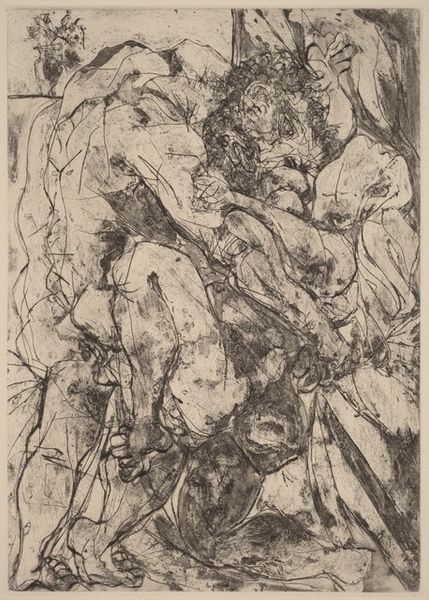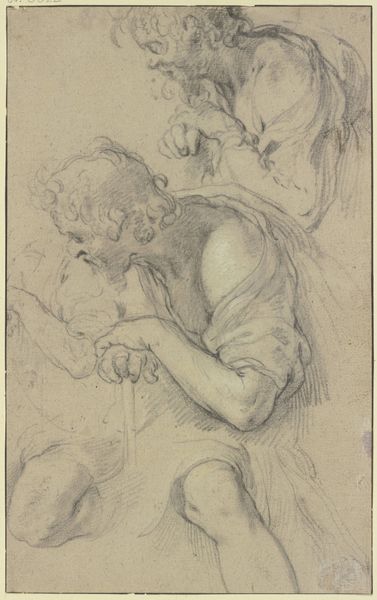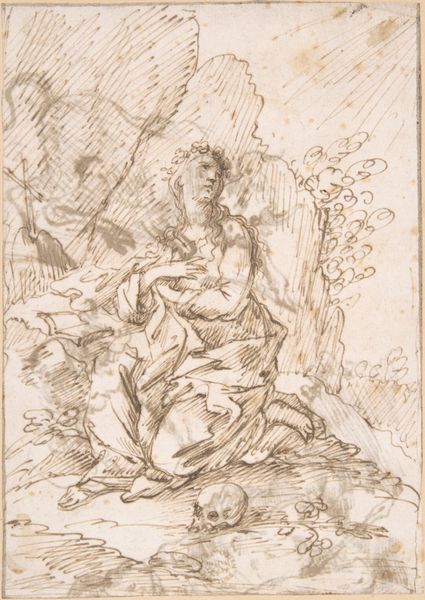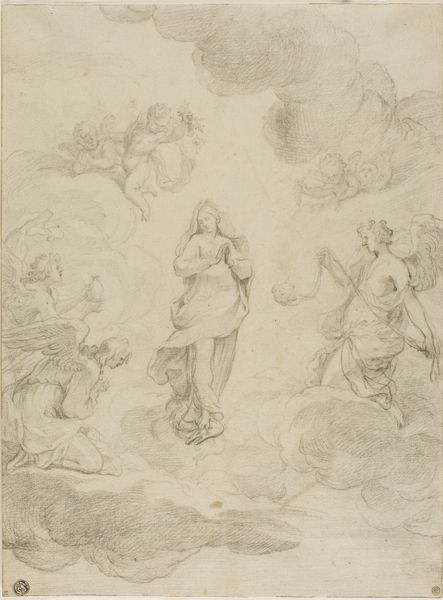
drawing, pencil
#
portrait
#
pencil drawn
#
tree
#
drawing
#
pencil sketch
#
figuration
#
pencil drawing
#
pencil
#
line
#
portrait drawing
#
surrealism
#
erotic-art
Copyright: Hans Bellmer,Fair Use
Editor: This is "Untitled (Variations around La Poupée)" by Hans Bellmer, created in 1934. It’s a pencil drawing, and I find it strangely unsettling. The figures are distorted and fragmented, almost like a broken doll. How do you interpret this work? Curator: Bellmer's work is deeply rooted in the socio-political climate of pre-war Europe, particularly in the rise of totalitarian regimes. "La Poupée," or "The Doll," became his signature motif, a symbol of the objectification and fragmentation of the female body, a powerful commentary on the male gaze and societal control. Consider the surrealist movement at the time, the questioning of reality, and the exploration of the unconscious. How does the public role of art during times of political instability influence the work of the artist? Editor: I see what you mean. So, the disturbing quality comes not just from the distorted figures, but also from this critique of objectification. It's a reaction to a specific cultural moment. Curator: Precisely. And it's not simply about critiquing the male gaze; Bellmer is also exploring the political implications of representing bodies in a fragmented, manipulated manner. He saw this doll as a way of confronting the growing dehumanization in society. Do you notice anything about how the drawing itself—the use of pencil, the sketch-like quality—contributes to the feeling? Editor: Yes, the sketchiness adds to the vulnerability and rawness. It doesn’t feel polished or idealized at all. More like…exposed. Curator: Exactly. By using such a raw medium, Bellmer creates a sense of immediacy and exposes the unsettling underbelly of societal norms, making us question our own perceptions and the power structures that shape them. Editor: Wow, I initially just saw a weird drawing, but now I see layers of meaning connected to the world around it. Curator: That's the beauty of art. It's not created in a vacuum.
Comments
No comments
Be the first to comment and join the conversation on the ultimate creative platform.
